Princess Margaret: PBS takes a look at the original 'Rebel Princess'
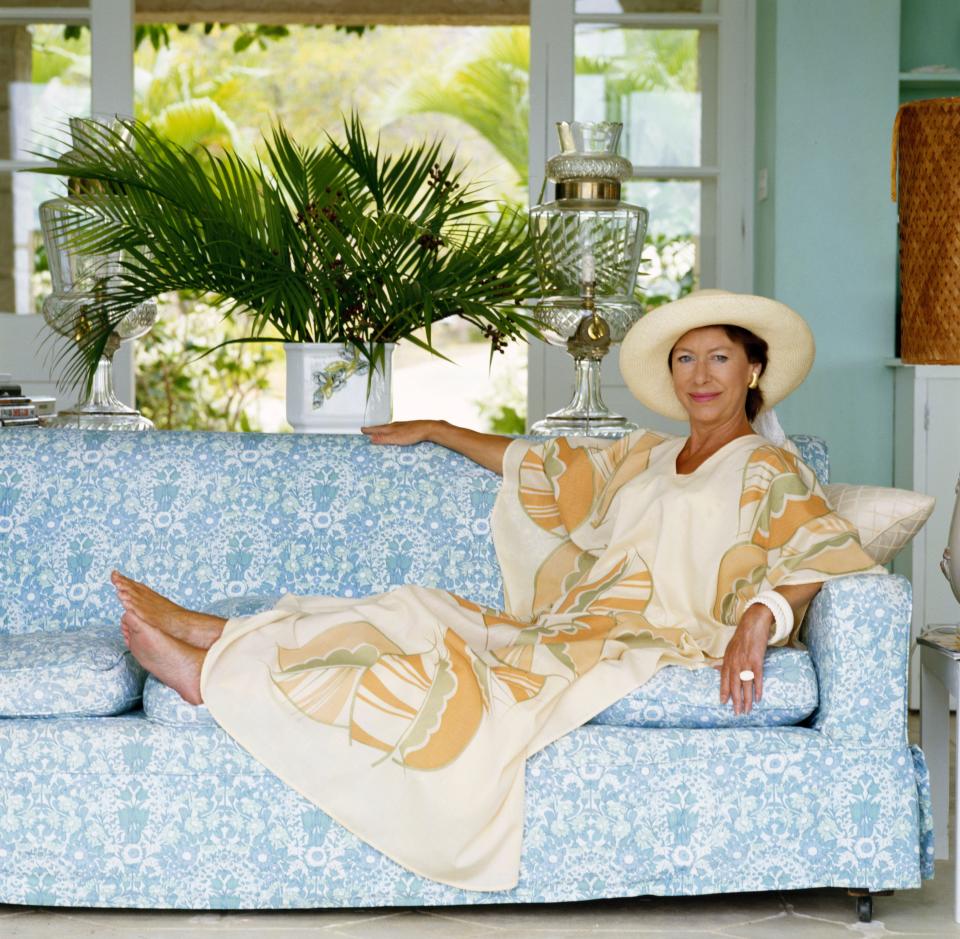
You can never have too many royals on American television.
PBS proves this again with a two-hour look at Princess Margaret, the gorgeous, glamorous and beguiling "modern" royal who helped birth a new era in the British monarchy.
The two-part biography, "Margaret: The Rebel Princess" (Sunday and Feb. 17, 10 EST/PST, check local listings) is paired with Masterpiece's "Victoria," the dramatization of Princess Margaret Rose's great-great grandmother, Queen Victoria.
Old Vic would not have been amused by what many of her descendants were up to, but she would have been truly exasperated by Margaret, who, ever since her teen years, craved fun, fashion, theater, parties and men, even as she carried out bland royal duties.
At that young age, she sought to marry a much older divorced man and later divorced the philandering commoner she had wed. And she wasn't afraid of taking up with even younger men afterward.
"There are constant stories that she’s the bad girl of the royal house of Windsor," says Christopher Warwick, the princess' authorized biographer ("Princess Margaret – A Life of Contrasts"), a key participant in this British-made documentary that features interviews with historians, biographers, journalists and Margaret's friends.
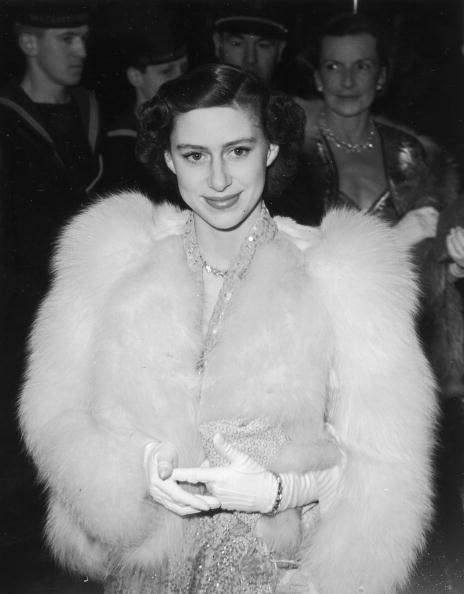
"A lot of the stories told about her are true, but so many are just press inventions," Warwick says in an interview. "That is why I take part in these programs, because I knew her, and a lot of the people who write about her never even met her."
What was she really like?
"Rebel Princess" paints a "truthful" picture of Margaret, Warwick says.
"It shows her as she actually was. Yes, she (sometimes) sounded like a thoroughly unpleasant person. Yes, she could be difficult. Yes, she could be hard work. She also was incredibly thoughtful, very generous and a lot of fun."
Margot, as her family called her, was the life of any party, a skilled mimic and a hoot at the piano, singing and playing show tunes from the stage musicals she loved.
"If she felt threatened or out of her comfort zone, she could pull rank. That was her defense mechanism," Warwick says. "If she felt comfortable, she was one of the best kind of people you'd ever wish to meet."
Her children adored her and so did her sister, the queen, with whom she talked nearly every day by phone, Warwick says.
"(The sisters) were as different as chalk and cheese, but there was this most enormous loving bond between them, always," Warwick says.
Who was the real love of her life?
Maybe it wasn't Group Capt. Peter Townsend, the World War II hero flyer and her father's equerry, with whom she fell in love when she was 16 even though he was already married. Long story short, they decided not to marry after a forced separation and years of scandalous headlines.
"Brilliant though this documentary is, it left why she didn’t marry Townsend hanging on the thread of 'duty.' But the truth is that having spent two years apart, they were no longer as in love as they had been," Warwick says. "Townsend was not the love of her life – the love of her life was her father, King George VI, whom she adored."
She was the original royal 'celebrity'
Decades before Princess Diana, Margaret was a tabloid target, a figure of worldwide fascination from the 1950s to the '70s who courted scandal and infamy throughout her tumultuous life, which ended in February 2002. She was just 71; her mother, who died weeks later, was nearly 102, and her sister will turn 93 in April.
"The documentary shows that Princess Margaret wasn’t just the good-time girl of legend," Warwick says. "If you believed what tabloids said at the time, she was just some airhead party girl."
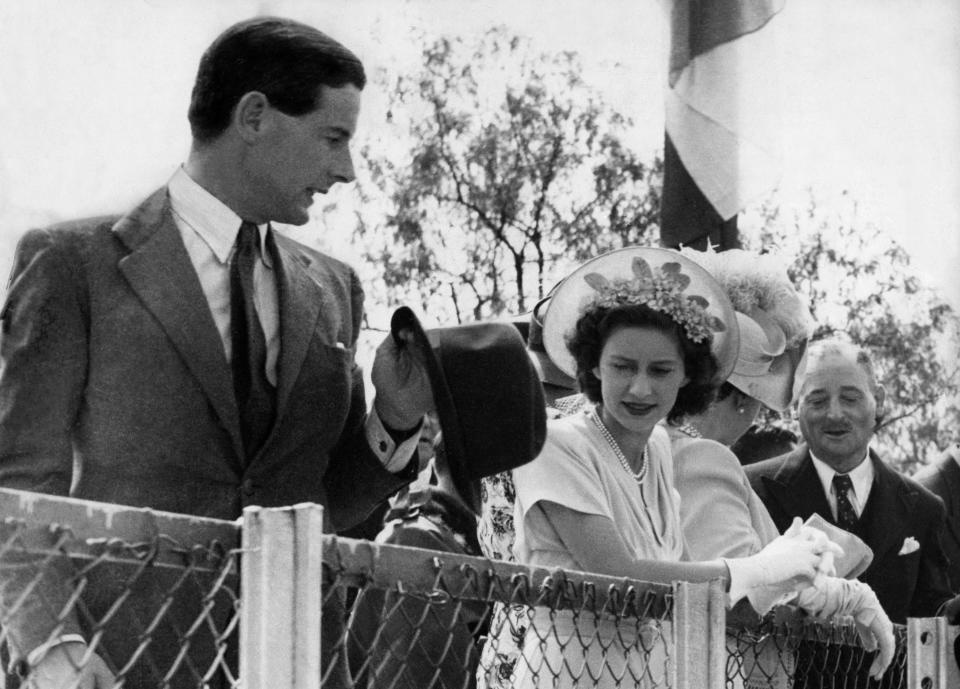
Instead, as American writer Gore Vidal once said, she was much more intelligent than her station in life.
"She was a very, very cultured woman. She loved art, she loved the theater, she adored the ballet and was president of the Royal Ballet for more than 40 years," Warwick said. "When it came to culture, she was underestimated."
Margaret also was the first princess to bring a flash of Hollywood glitter into the palace, which paved the way for Diana, Duchess Kate and Duchess Meghan. Her fashion choices were as avidly followed around the world.
Traditionalist, modernist or both?
As the younger sister and sole sibling of the queen, the daughter of King George VI, granddaughter of George V, Margaret was a princess of the blood, as she didn't hesitate to remind people. But she was both a grand dame and a lonely princess, a cultured lover of the arts and a fan of gag gifts, a traditionalist and a thoroughly modern woman who straddled both worlds.
"Margaret was such a star," says Warwick. "While she loved tradition, she absolutely loved modernity. She wouldn't have been conscious of moving the monarchy forward (into a modern era), but that is exactly what she did."
Margaret both reflected and inspired fundamental changes in British attitudes about the monarchy, celebrity, marriage and sex.
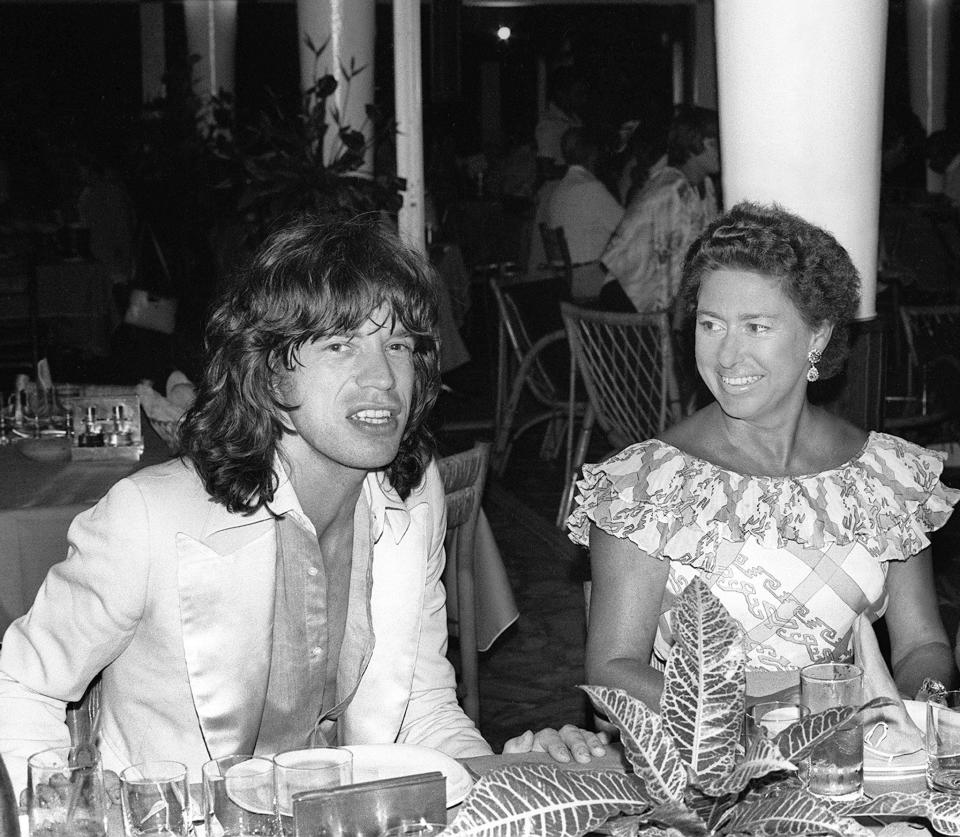
The belle of the Swinging Sixties
After she married the bohemian (and philandering) photographer Antony Armstrong-Jones (he was created Earl of Snowdon and is the father of her two children, David 2nd Earl of Snowdon and Lady Sarah Chatto), Margaret became one of the quintessential figures of Swinging Sixties Britain, as comfortable with artists, writers, actors and celebrities – the "Princess Margaret set" – as she was with her stuffy royal relatives.
She and Tony embraced the cultural and sexual revolution, helping to dismantle the traditional facade of royal aloofness and letting a little daylight into the royal magic. On one hand, this brought the royal family into the 20th century and closer to the British people; on the other, it encouraged the British press to drop its traditional deference to the royals.
The royal couple's marriage, damaged by his affairs and her own dalliances (allegedly with the likes of Mick Jagger, Peter Sellers, David Niven and Warren Beatty) ended in 1978, when she became the first senior royal to divorce in more than 70 years.
She spent more time at her much-loved home on the Caribbean island of Mustique, mixing with rock stars and British aristocrats and a much younger beau named Roddy Llewellyn. Soon the telephoto lenses of proliferating celebrity media turned on her, leading to more scandal and louder attacks on the monarchy.
Was she an alcoholic?
Warwick believes she died of a series of strokes that led to heart problems, after giving up alcohol and a decades-long smoking habit. But was she an alcoholic?
"Absolutely not," he insists. "Did she like her booze? Yes, she did. In the 1970s, she was desperately unhappy and lonely – that's when she would hit the bottle.
"It was a great pity, I miss her dreadfully – 71 is a terribly young age to die."
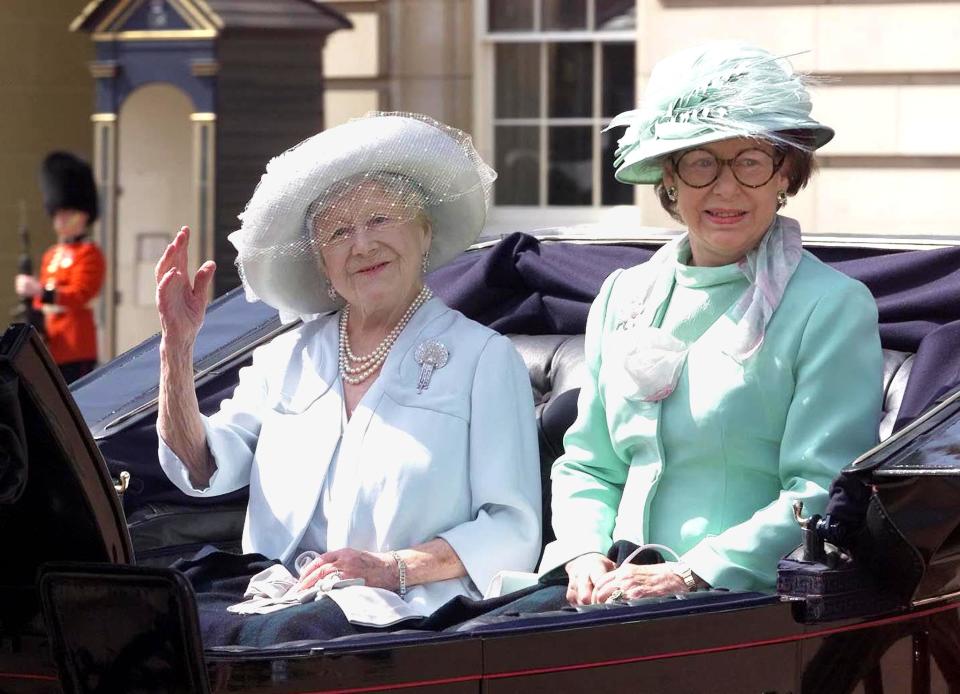
This article originally appeared on USA TODAY: Princess Margaret: PBS takes a look at the original 'Rebel Princess'

